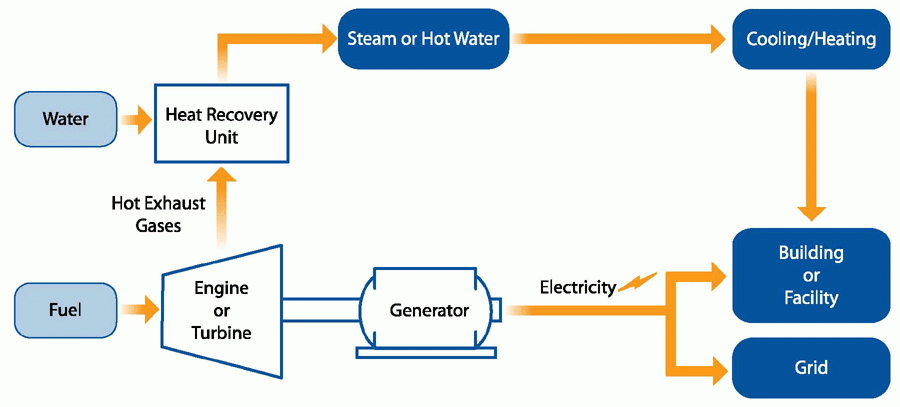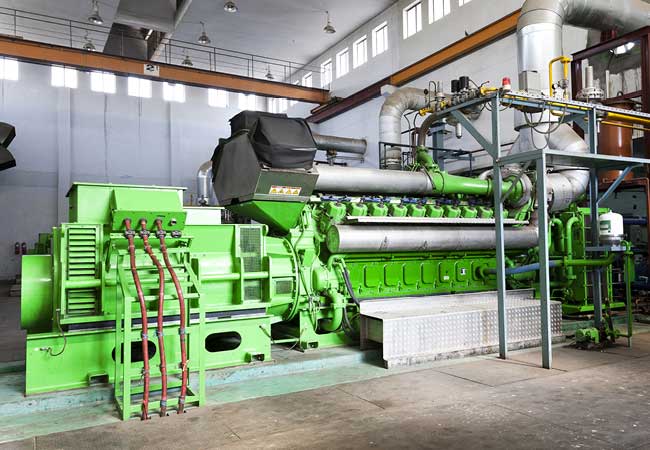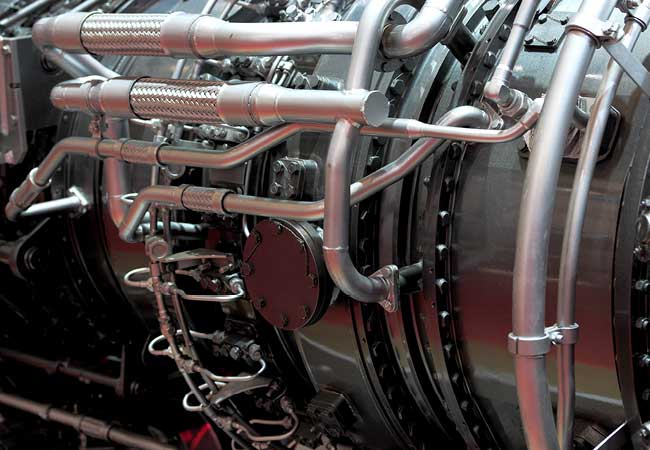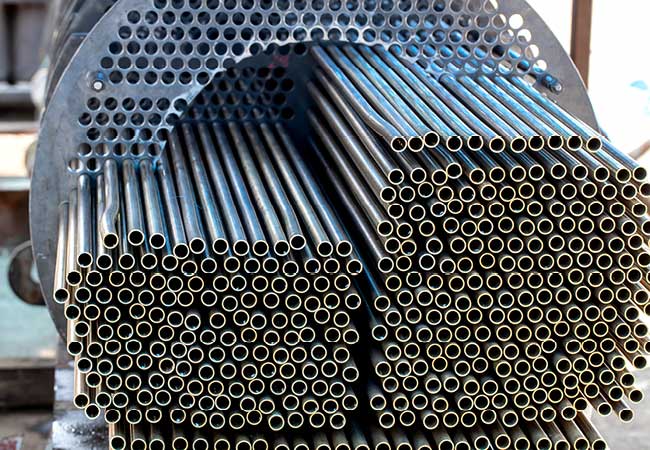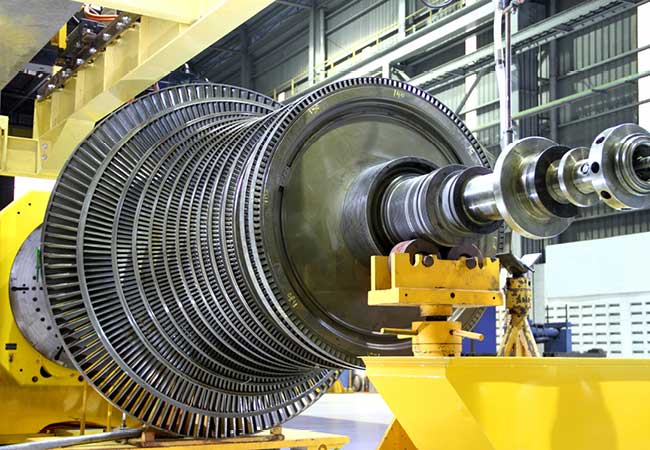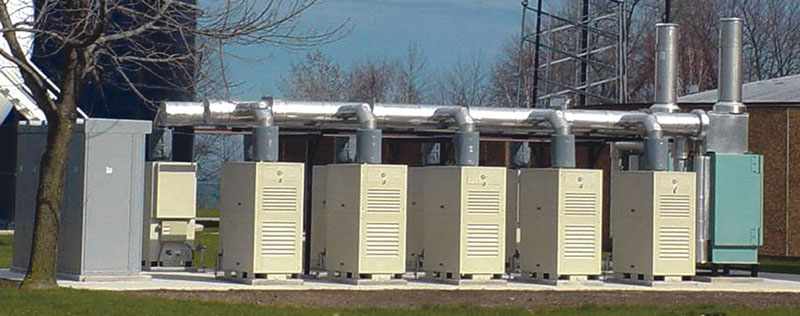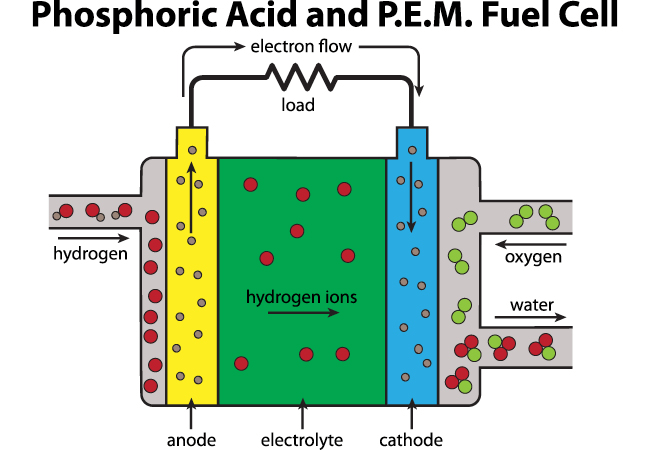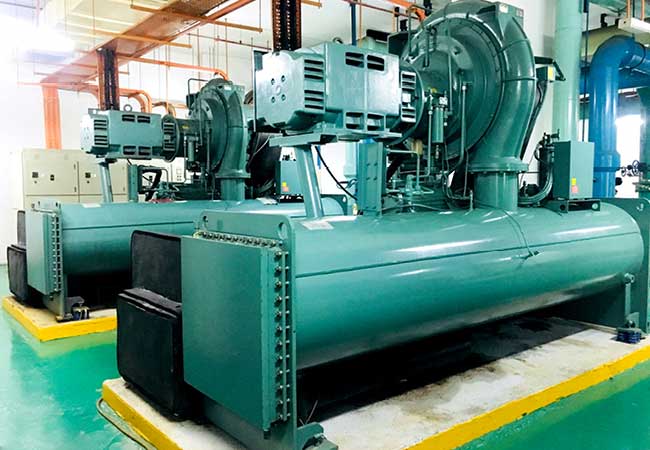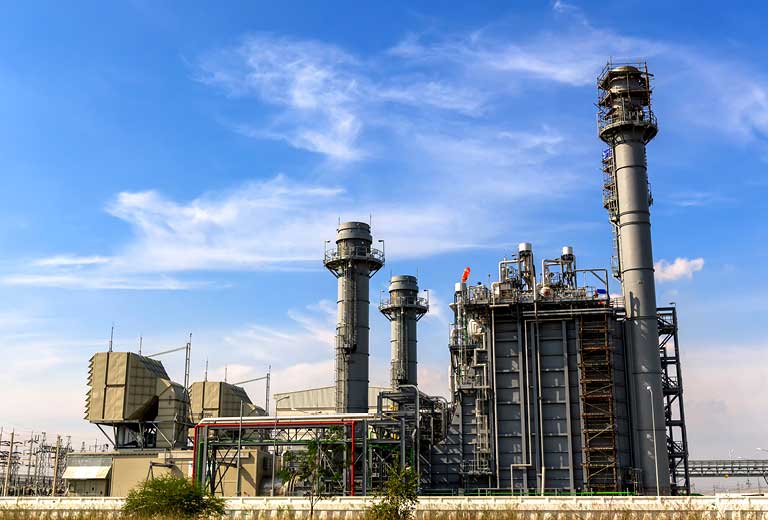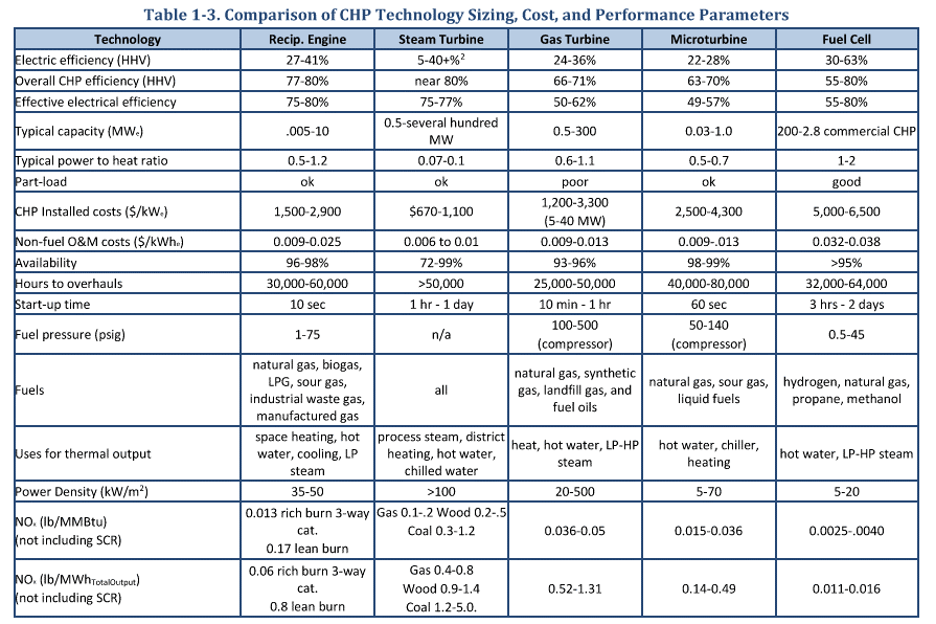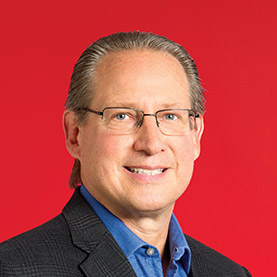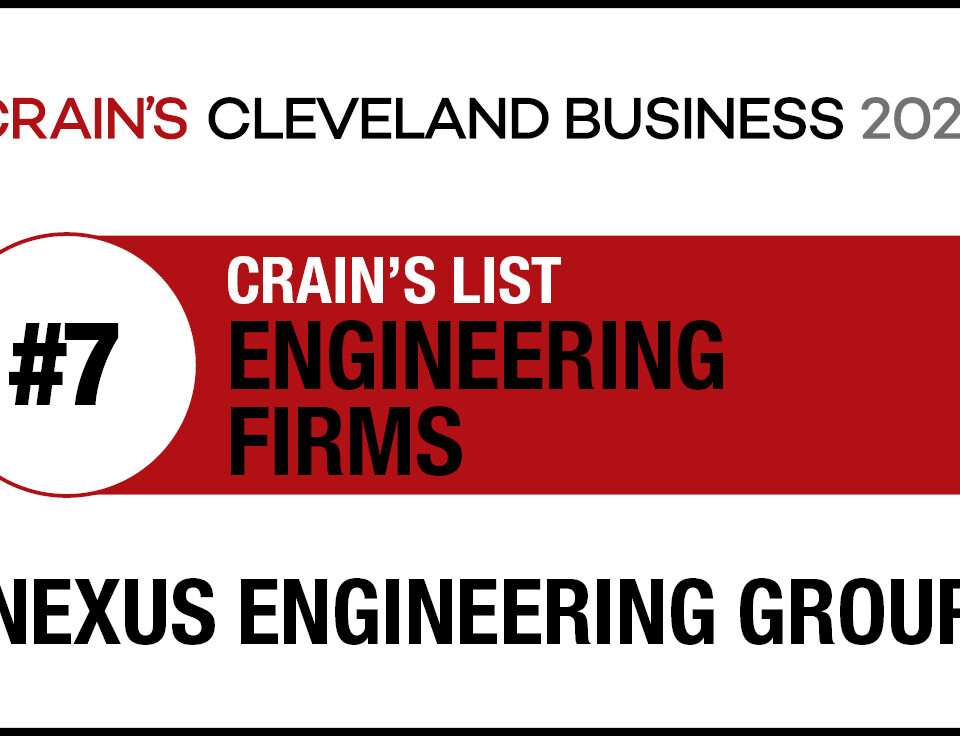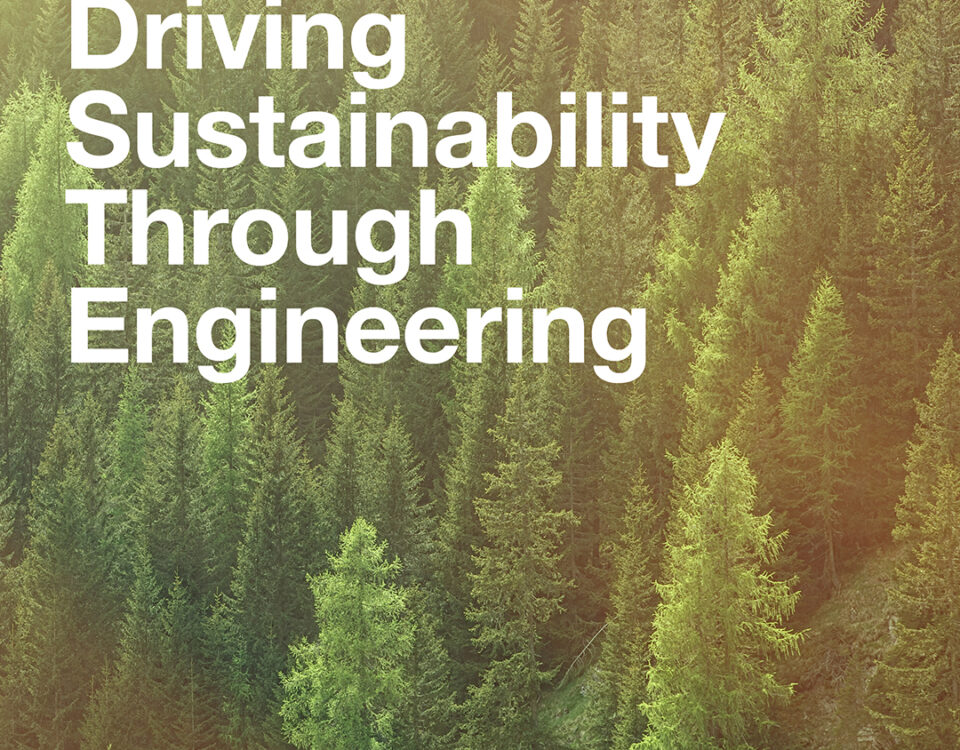By Marty Ellman, Project Director at Nexus Engineering Group
As we near 2021, energy efficiency and emissions reduction remain top priorities for our clients across sectors. Government and industry leaders are taking bold action to meet global goals of achieving carbon neutrality by 2050. Centralized electric distribution systems are transforming to support the transportation industry’s shift to large scale electric vehicle use. Distributed generation is evolving as well, with microgrids forecasted to contribute significantly to energy efficiency, reliability, and resiliency.

A diesel and gas engine generator from a CHP unit
Combined heat and power (CHP) systems are playing an important role in this evolution, providing large scale efficiency gains by repurposing waste heat from power generation to meet a facility’s heating and cooling needs. As industrial and institutional facility managers consider CHP additions to support their facility’s electrical and thermal loads, they must decide which CHP technology will best meet their operational, economic, and social goals.
With a variety of equipment solutions available, understanding the benefits and tradeoffs of each is an important step to right-fitting a CHP solution that will maximize the value of this decade-plus asset.
What is a CHP Power System?
Combined heat and power is a cleaner, higher-efficiency approach to generating electricity and useful thermal energy from a single fuel source. Power production is located at or near the end-user’s site. While the power plant generates all or a portion of the site’s electricity, the heat released from the production of electricity is repurposed to help heat or cool the facility. This makes CHP applications a smart, high-efficiency way to cost-effectively meet a facility’s thermal requirements.
One of the most common CHP applications consists of a single topping cycle CHP cogeneration system utilizing a combustion turbine or reciprocating engine with a heat recovery unit.
Source: U.S. Environmental Protection Agency
Available Equipment for Cogeneration Systems
Consider the following when evaluating CHP solutions for your facility.

